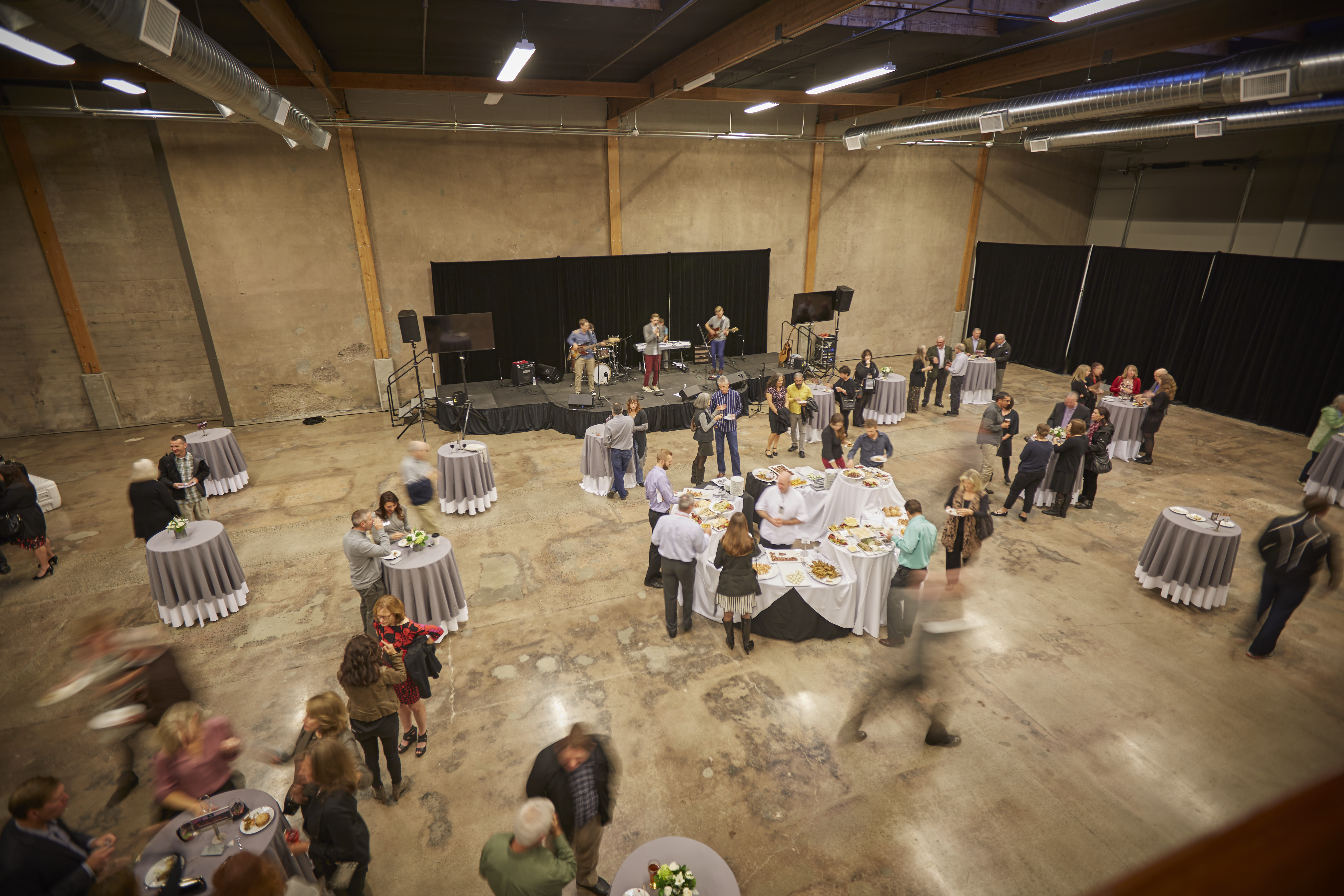No matter what your event is, be it sports, a comic-con, or simply a meeting, it is essential that you as the event planner be prepared for a myriad of emergencies. There are many factors that go into creating an emergency plan but here are three basic essential points that should be a part of it.
Establishing a point for information or contact
When an emergency occurs the lines between fact and fiction can become blurred. With so many people involved, it is essential that there is no misinformation floating around. If your attendees aren’t made aware of any changes going on, the attendees become distressed. This is both bad in the moment, but will also hurt your brand. Before your event happens, make sure you have established a point of contact and a social media account that your attendees can use as a veritable source of information. This is crucial in minimizing the false stories and rumors that could circulate. Your point of contact will speak directly to the media acting as a sort of funnel so all the stories being published on the emergency or crisis are consistent. Having a primary social media account allows your attendees to be kept up-to-date without having to rely on word of mouth.
Who’s in charge?
In times of crisis a leader is needed. This is a key point when creating an Emergency Preparedness plan. Appoint a person in charge who will take command should lighting strike or a medical emergency, etc. occur. That person should know the resources available to them, the personnel most needed and how to move forward in dealing with the emergency. This person should also know how to speak to the media and to the camera and press. If they don’t know how to do this, make sure they get training!

Have a plan…always!
“In all things, success depends on previous preparation, and without such previous preparation there is sure to be failure.” – Confucius. Even if Confucius hadn’t said this, previous experience would have told you the same thing. Figure out how you will notify attendees should a crisis happen. Will you use Twitter or text notifications? Have you properly identified which network (i.e. Twitter, Facebook, Instagram, etc.) you will be broadcasting such messages from? Do your attendees know which media account you will use?
By establishing neural pathways, your brain has a much easier time functioning under pressure when critical thinking goes down. By making sure you and your team have gone over all the basics, all possible emergency scenarios and have created a plan for any of those situations, you will have set your team up for success as they will be able to coordinate in a streamlined action. Again, these are just a few things to consider when establishing your emergency plan and communications system.
For more information on how to gather resources and prepare for emergencies, contact us!
